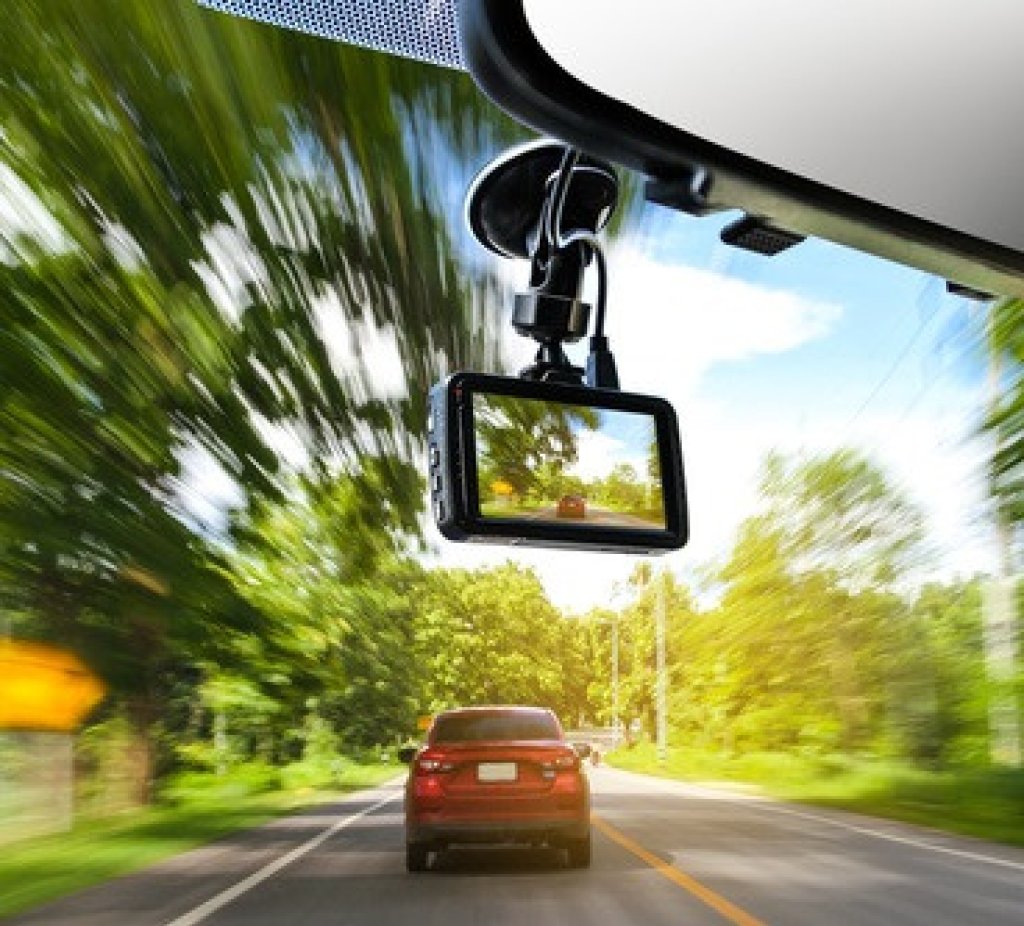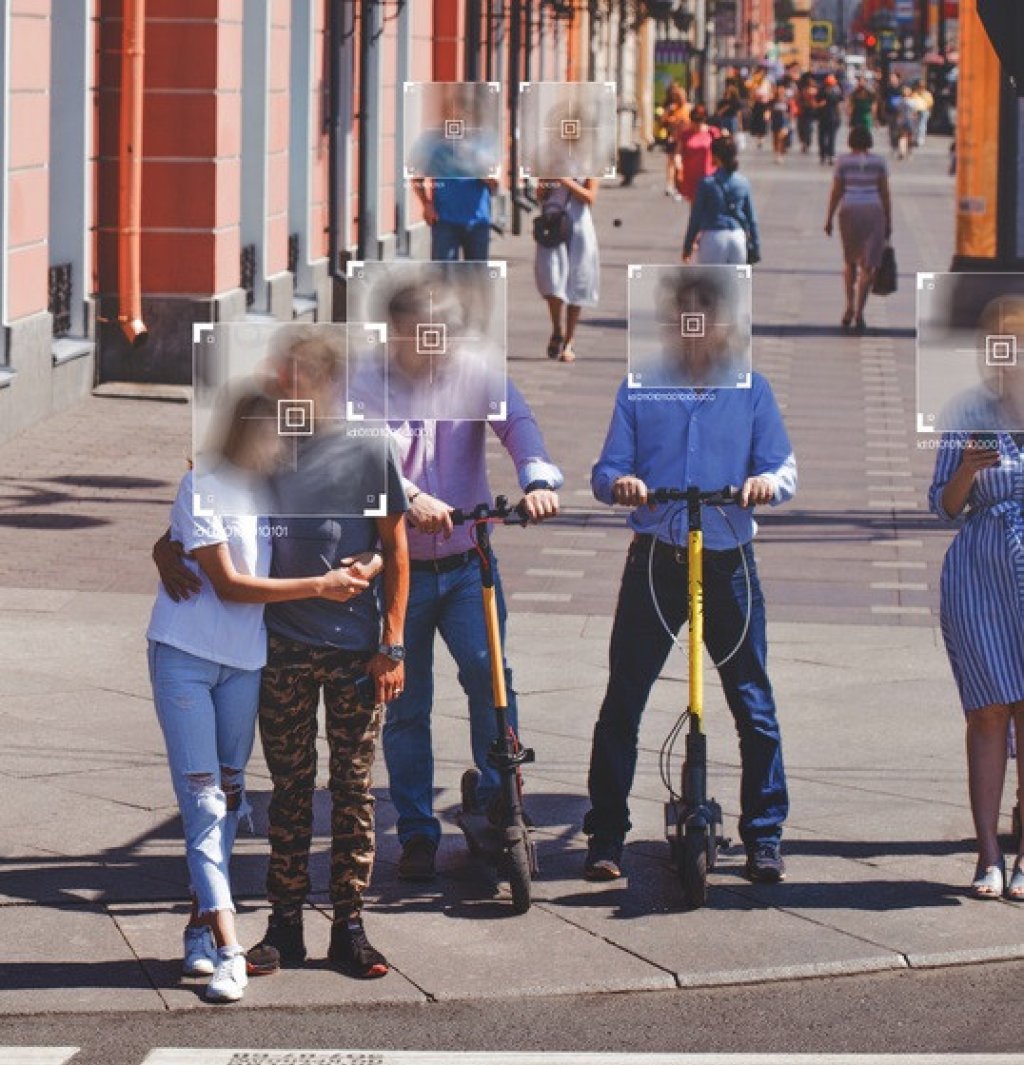Dash cams and the law
In the first instance, it is worth asking the question: “are dash cams (dashboard cameras) legal?” The answer in the UK is “yes”, but there are operational variations that apply to personal use and business use of dash cams.
Individuals can operate dash cams and record roads, vehicles and people with little regulation – although it must be fitted safely.
It is estimated that there are nearly a million dash cams in use in cars in the UK, and the numbers are increasing quickly.
The main reasons why people install dash cams are:
Personal safety
Insurance purposes
Protecting unattended vehicles
Businesses operating dash cams must comply with GDPR
Many businesses install dash cams for safety, accident, dispute and insurance reasons.
Business vehicles commonly using dash cams include:
Couriers
Haulage firms
Coach drivers
Taxis
Driving instructors
The ICO provides useful guidance to businesses using dash cams.
As with all data capture under GDPR, the use of in-vehicle cameras must be justified and pass the ICO’s lawful basis test.
People must be informed that they are being recorded on film and footage must be handled responsibly. There is also a small data protection fee to be paid and kept up-to-date.
Dash cam laws state they must be fitted without obscuring the driver’s view
It is completely legal in the UK to fit a dash cam; however, care must be taken about where it is placed.
The government advises that windscreen checks are part of the annual vehicle safety check, and states:
In practice, the annual test will check that items placed in or stuck to the windscreen or surface damage, cracks or discolouration in the windscreen do not seriously obscure the vision of the driver. In order to better define what may be permissible the windscreen is divided into zones:
Zone A is a vertical area 290mm wide, centred on the steering wheel and contained within the swept area of the windscreen (this area is 350mm wide on vehicles over 3.5 tonnes);
Zone B is the remainder of the swept area of the windscreen
Objects in Zone A that obstruct the driver’s view, such as dash cams, smart phones or wires, will result in an MOT failure and could lead to a fine if noticed by the police.
The recommended place to fit a dash cam is at the top of the windscreen.
Commercial vehicle dash cam laws
Switch off dash cams outside working hours
If business vehicles are used for personal journeys, dash cams should be switched off during non-working hours. Similarly, dash cams installed in an employee’s personal vehicle that is used for company business journeys.
Tell people when they are being recorded and why
Inform people that they are being recorded in order to comply with data protection laws. For example, place a clearly visible sticker on your vehicle.
Have clear dash cam policies
Be sure to keep policies up to date. A company using dash cams to reduce insurance premiums or to capture evidence for potential insurance claims has a legitimate reason to operate cameras. The reason for camera use should be stated clearly in employment policies.
If dash cams are subsequently used to monitor staff performance, the policy should be updated and staff must be informed.
Dash cams and audio
Make people in and around the vehicle aware when you switch on the audio record function.
Data privacy notice
Have a privacy notice informing people how their information will be used. Direct people to where the privacy notice can be found, for example, on your website.
Keep dash cam footage safe, and delete appropriately
Any data that is collected, used or shared that can identify someone is their personal data and it must be kept safe. Access to video footage should be restricted to authorised personnel who have received data protection training.
Delete the footage when you no longer need it. Haulage contractors record journeys in case there’s an accident and the footage could help settle insurance claims. However, if there hasn’t been an accident, and there is no other reason to keep the footage, it should be deleted after a week or so.
Respect subject access requests
People who are captured on camera have rights and can submit a subject access request for copies of their data.
When sharing data with a third party, such as someone making a subject access request, you will need to redact (mask) or remove all data except that of the subject.
In the case of video, in order to share video footage, businesses should redact faces, number plates and any other personally identifying information in order to protect people’s privacy.
Dash cam data breach notification schedule
In the event of a data breach, the ICO allows a 72-hour window in which to notify the regulator of a data security breach.
Businesses are also required to notify any individuals who might have been affected by a data breach.
Can dash cam footage be used in court?
Dash cam footage can be used in court and used as supporting evidence in a case. The footage used must be able to support a legal argument and show key details of any incidents, such as number plates.
In the case of a serious accident, clear dash cam footage is crucial evidence. Read our redacting videos for court insights for more information.
Can police commandeer dash cam footage?
The police have the right to seize dash cam footage and use it as evidence in a case against you, if they suspect that you have broken the law while in your car. Attempting to delete the footage prior seizure will be considered tampering with the evidence.
Are dash cam laws universal?
While dash cams are legal to use in the UK, in other parts of the world they are not, and dash cam use carries heavy fines.
For example, in France and Belgium dash cams can only be installed for private use. In Portugal, Austria and some other countries dash cam use is illegal.
Check dash cam laws of a specific country before operating a car dash cam.
Upload dash cam footage to safety portal
The national dash cam safety portal was lauched in 2018 in collaboration with the regional constabularies of England and Wales
Dash cam owners can submit footage to the relevant authorities.
The website provides map of couties in England and Wales
Click county where the incident occurred
You will be redirected to a report page for the region.
Report incidents from speeding to very serious events such as an accident involving multiple vehicles. Uploading dashcam footage should not take longer than 20 minutes.
be aware that by using the portal you will be filling out an official police report, and there is a small chance that you will be required to attend a court hearing if it is deemed necessary.
Related articles
What are your rights when you have been filmed on a bodycam, dash cam or spyware?
For more information about how to redact data captured on dash cam footage, complete the form below.





